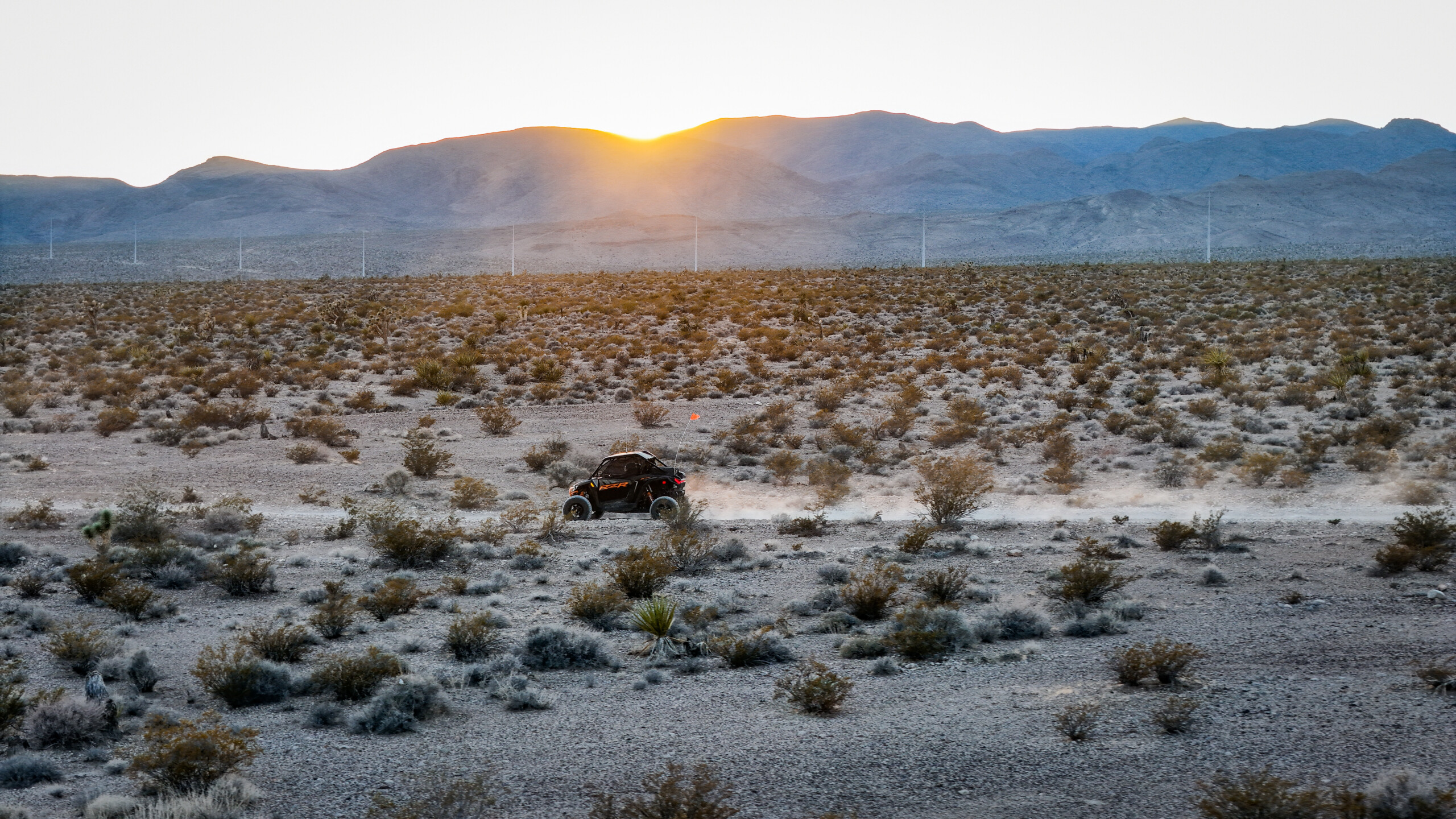Desert Palette: The Artistic Beauty Hidden in Mojave’s Harsh Terrain
Mojave’s Harsh Terrain may sound like a place of lifeless sand and scorching sun, but look closer and you’ll see a stunning natural masterpiece painted across the land. The Mojave Desert, stretching across parts of California, Nevada, Arizona, and Utah, is more than an arid expanse. It’s a living gallery of color, texture, and resilience. From golden dunes to pink sandstone canyons, every corner holds a unique charm that reflects the desert’s wild beauty. Hidden within its rugged landscape are layers of art created by time, wind, and light.
The Artistry of Nature: Colors of the Mojave
The Mojave Desert is famous for its wide, open spaces and striking contrasts. Beneath the blazing sun, the rocks and sands glow in shades of ochre, rose, and deep red. When the light shifts during sunrise or sunset, these same tones transform, creating an ever-changing natural painting.
Artists and photographers often describe Mojave’s Harsh Terrain as an endless source of inspiration. The desert’s palette shifts with the seasons—soft greens of desert sage in spring, warm golds of summer, and muted grays after rare rainfall. Each hue tells a story about survival and adaptation. The land itself seems to breathe art, inviting anyone who visits to pause and absorb its quiet brilliance.
Sculpted by Wind and Time
The natural formations found throughout the desert seem hand-carved by an unseen artist. Over millions of years, the elements have shaped stones, cliffs, and dunes into sculptures that rival manmade art. Wind-sculpted sandstone towers in Valley of Fire State Park, the rolling dunes of Kelso, and the jagged peaks of the Spring Mountains all reflect the slow, patient craftsmanship of nature.
When you stand among these forms, it’s easy to feel small yet deeply connected to the landscape. Every curve of rock and ripple of sand in Mojave’s Harsh Terrain holds a sense of quiet permanence and strength. The same forces that make survival here difficult are the ones that created such breathtaking beauty.
Life in the Harshness
Despite its extreme conditions, the Mojave Desert teems with life. From tiny wildflowers that bloom briefly after rain to the sturdy Joshua trees standing tall against the horizon, the desert’s living elements add even more color and artistry to the scene.
Here are some of the remarkable living features that make the desert feel alive:
- Joshua Tree: A symbol of resilience, this unique tree only grows in this region.
- Desert Marigold: Its bright yellow petals provide contrast to the muted desert tones.
- Bighorn Sheep: Often spotted climbing rocky slopes with grace and balance.
- Desert Tortoise: A slow-moving symbol of patience and survival.
Each species contributes to the artistry of Mojave’s Harsh Terrain, blending movement, color, and endurance into the broader canvas of the land.
Human Touch: Art Inspired by the Desert
For centuries, people have found inspiration in this desert’s silence and space. Indigenous tribes painted petroglyphs on rock walls, expressing stories of life and spirituality. Today, contemporary artists and sculptors continue this tradition in new forms.
One of the most famous examples near the Mojave is Ugo Rondinone’s Seven Magic Mountains, located just south of Las Vegas. These towering stacks of brightly painted rocks stand as a vivid contrast to the muted tones of Mojave’s Harsh Terrain. Their presence reminds us that human creativity can coexist beautifully with natural surroundings when done with respect and vision.
Photographers, too, are drawn to this desert’s unique light. The clear skies and vast horizons make it a perfect place to capture images that reveal the earth’s textures and colors. Many say that photographing here feels like painting with sunlight.
The Sound of Silence
Art is not just visual—it’s emotional. One of the most profound experiences visitors describe is the desert’s silence. Standing in the middle of Mojave’s Harsh Terrain, far from city noise, the quiet becomes almost musical. The wind whispers through the rocks, the sand crunches underfoot, and every sound feels magnified by stillness.
This natural quietness gives people space to think, reflect, and reconnect. It’s no wonder poets and writers often come here seeking clarity. The silence of the desert has a way of stripping away distractions, leaving only the essential beauty of existence.
Seasons of Change
Many imagine deserts as unchanging, but the Mojave proves otherwise. Every season paints the land differently. Spring brings a surprising burst of color with wildflowers carpeting the valleys. Summer intensifies the tones, making the sand and stone shimmer with heat. Autumn softens the landscape, while winter’s cool air sharpens every detail.
These transformations are subtle but powerful. The constant change in Mojave’s Harsh Terrain mirrors the creative process itself—slow, deliberate, and shaped by patience. Each shift in temperature and light adds new depth to the desert’s visual story.
Hidden Artistic Gems of the Mojave
Beyond its natural splendor, the Mojave Desert is dotted with small, human-made artistic treasures worth discovering. Some are easy to find, while others require a bit of exploration.
- Elmer’s Bottle Tree Ranch: A whimsical roadside attraction near Oro Grande made from recycled bottles and metal.
- Goldwell Open Air Museum: Near Rhyolite, Nevada, this outdoor art exhibit features ghostly figures and large sculptures against the desert backdrop.
- The Integratron: In Landers, California, this dome-shaped structure offers sound baths that turn vibrations into an artistic experience.
- Joshua Tree’s Art Scene: A vibrant community of artists inspired by the quiet solitude of the desert.
Each of these places adds a layer to the desert’s creative spirit, proving that Mojave’s Harsh Terrain doesn’t only inspire—it participates in art itself.
The Emotional Connection
Visitors often say the desert changes how they see the world. The colors, shapes, and vastness evoke emotions that are difficult to describe. Standing before a sweeping valley or a lonely rock spire can bring both awe and peace. It’s as if the land speaks a language of simplicity that reconnects people to something ancient and true.
Mojave’s Harsh Terrain teaches that beauty doesn’t always come from abundance. Sometimes, it emerges from emptiness, from the places that seem hardest to endure. The desert’s minimalism strips away the unnecessary, revealing the pure essence of the earth.
Preserving the Artistic Landscape
With more visitors discovering the Mojave each year, protecting its fragile environment becomes essential. Footprints, litter, and off-road driving can harm delicate ecosystems that have survived for thousands of years. Artists and conservationists are working together to promote sustainable tourism that allows people to experience Mojave’s Harsh Terrain without damaging it.
Simple steps can make a difference:
- Stay on marked trails.
- Leave no trash behind.
- Avoid disturbing wildlife or plant life.
- Support local conservation groups.
By treating the land with care, we ensure that future generations can continue to experience its natural artistry.
Conclusion: A Living Canvas of Beauty
The Mojave Desert is not just a harsh environment—it’s a living canvas painted with wind, sunlight, and time. Every grain of sand and every shadowed canyon tells a story of endurance and quiet beauty. Within Mojave’s Harsh Terrain, the boundaries between art and nature blur, showing us that creativity doesn’t always require a brush or canvas. Sometimes, it’s written in the rocks, whispered in the wind, and reflected in the endless sky.
For those who seek inspiration, peace, or simply a reminder that beauty exists in unexpected places, the desert offers its colors freely. All you have to do is stop, look, and let Mojave’s Harsh Terrain reveal its masterpiece.


